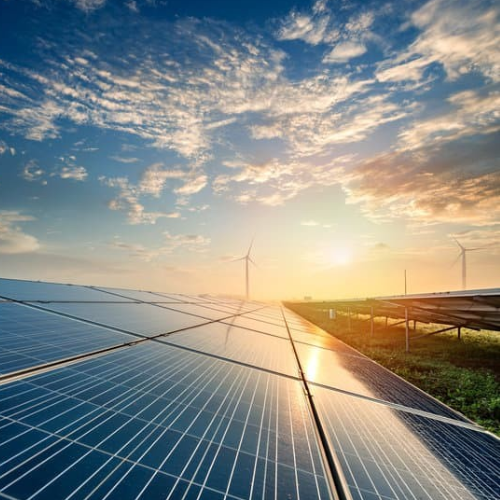The United States has just made a huge decision that could shake up the solar power industry. The U.S. government has decided to put very high tariffs — basically extra taxes — on solar panels and equipment coming from four countries in Southeast Asia: Cambodia, Vietnam, Malaysia, and Thailand. These tariffs go up to an eye-popping 3,521% in some cases.
Why such a big move? U.S. officials say these countries were selling their solar products in America at unfairly low prices. These low prices were made possible, they claim, because the companies were getting help from their own governments — help that gave them an advantage over American businesses.
For example, Cambodia was hit with the highest duty rate because it didn’t fully cooperate with the U.S. investigation. Meanwhile, Vietnam, Thailand, and Malaysia also received big penalties. Some companies in these countries will now face tariffs over 300%, while others got hit with lower but still significant rates, like 34.4% for Malaysia.
In total, about 77% of all the solar panels that the U.S. brought in last year came from these four countries. That adds up to about $12.9 billion worth of solar gear. These new taxes could make those imports much more expensive — and that could cause problems for companies that build solar farms and other renewable energy projects here in the U.S.
Tariff Dodging Exposed! South Korea Seizes $20 Million in Fraudulent ‘Made in Korea’ Goods
Why Did the U.S. Do This?
The new tariffs came after a year-long investigation by the U.S. Commerce Department. This investigation looked into whether the countries mentioned were selling solar panels too cheaply in the United States — something called “dumping” — and if they were getting unfair support from their governments to do it.
U.S. solar manufacturers — the companies that make solar panels here at home — asked for this investigation because they felt they couldn’t compete. They said it was like trying to play a game where the other team gets extra points just for showing up.
The government agreed and decided to act. These special duties are meant to balance the playing field. When foreign companies sell below market prices, it can push American factories out of business and lead to job losses.
Even though these tariffs may help U.S. manufacturers, they could also make it harder for companies that build solar projects. These builders often rely on cheap imports to keep costs low. With these new taxes, that equipment will cost a lot more.
Interestingly, this move is not just about one president or administration. Both recent U.S. presidents — one from each major political party — have supported stronger domestic manufacturing. So, even though the investigation started under one leader and finished under another, the message stayed the same: protect American factories and jobs.
What Does This Mean Now?
Some big solar companies that make products in the U.S. will likely benefit from the new rules. They have long argued that they can’t keep up with overseas competition that doesn’t play fair. These companies have been building new factories in America, hoping for more support and protection. This decision could give them that.
DHL Shocks! U.S. Shipments Over $800 Halted as Tariff Chaos Hits
But the move also creates new headaches. Many renewable energy companies — especially those that install solar panels and create solar farms — are now worried. They have counted on affordable imports to complete their projects on time and on budget. These new tariffs could delay projects or make them too expensive to finish.
Some Chinese solar companies have already started moving their factories to other countries, like Indonesia and Laos, to avoid these tariffs. Indonesia, in particular, is quickly becoming a new hotspot for solar manufacturing. It had just 1 gigawatt of solar factory capacity in 2022, but that could grow to more than 20 gigawatts by the middle of this year.
Still, the situation isn’t over yet. While the Commerce Department has made its decision on tariffs, another group — the U.S. International Trade Commission — still needs to give its final ruling. They’ll decide if the imported products are actually hurting American businesses. That ruling is expected in about a month.
In the past, when the U.S. put similar tariffs on Chinese solar imports over ten years ago, Chinese companies found ways around them by building factories in other countries. That’s part of why this latest investigation was launched — to close those loopholes.
For now, U.S. renewable energy developers are bracing for a tougher road ahead, while American solar manufacturers are celebrating a major win.


